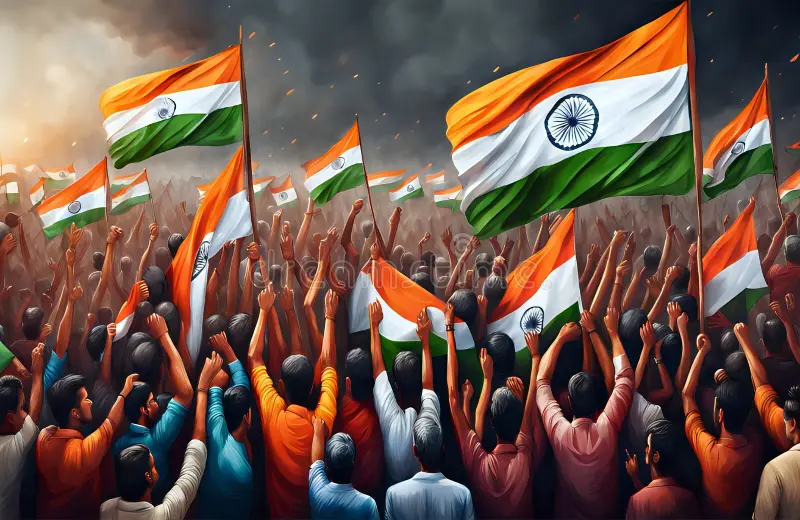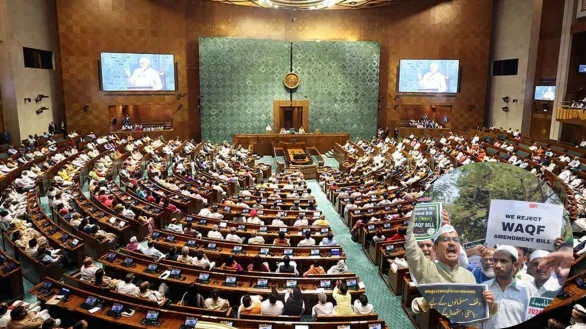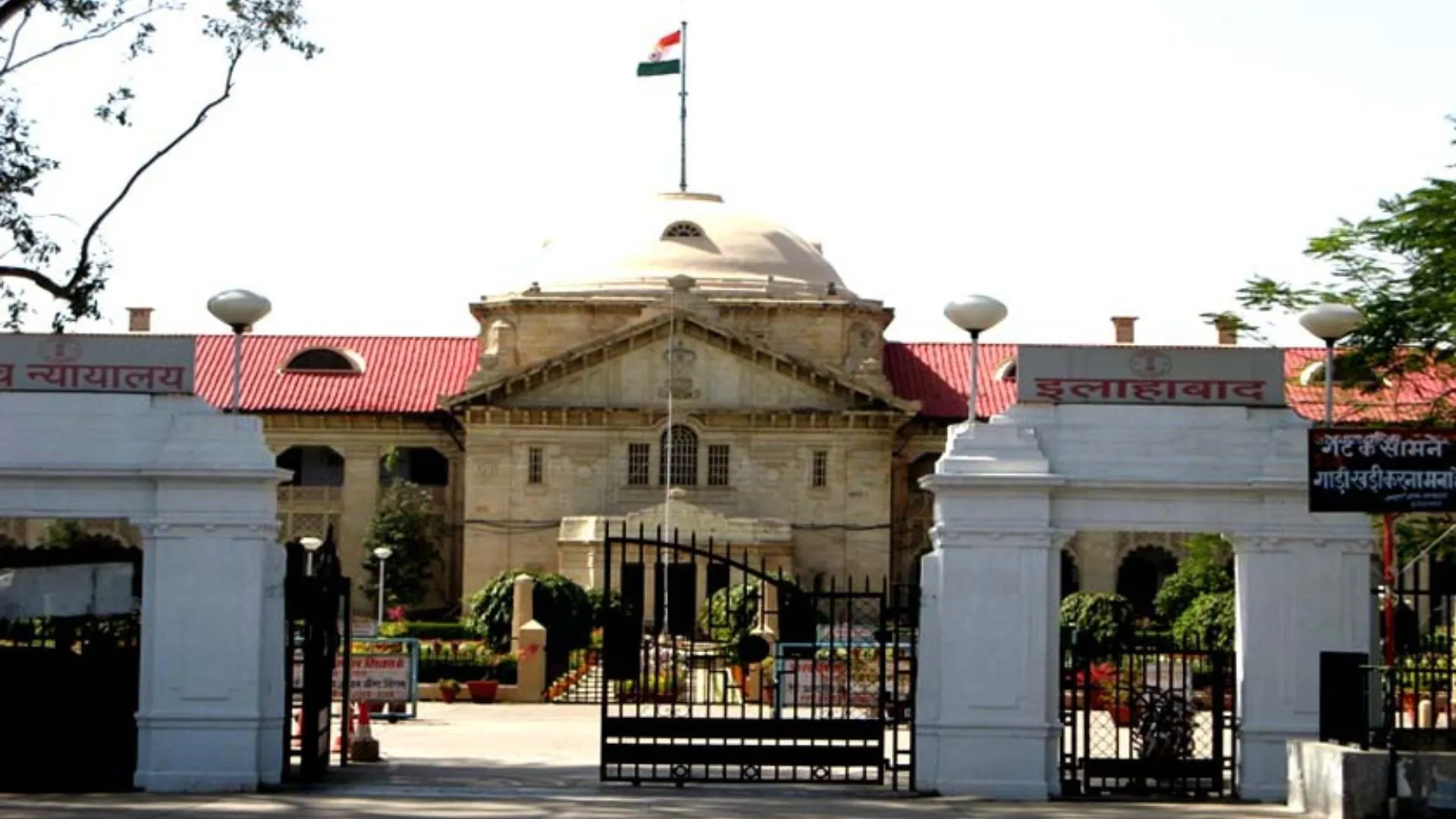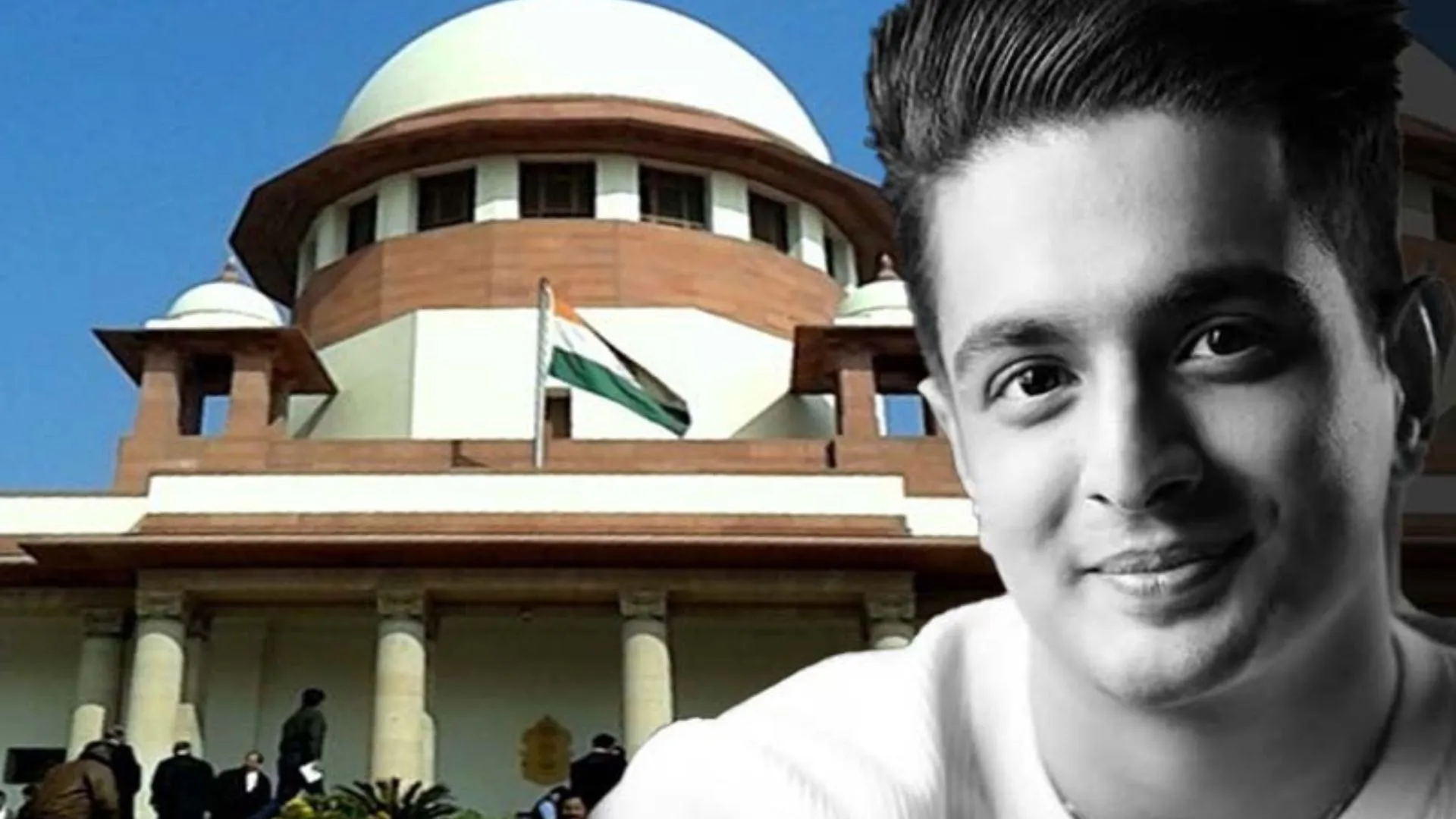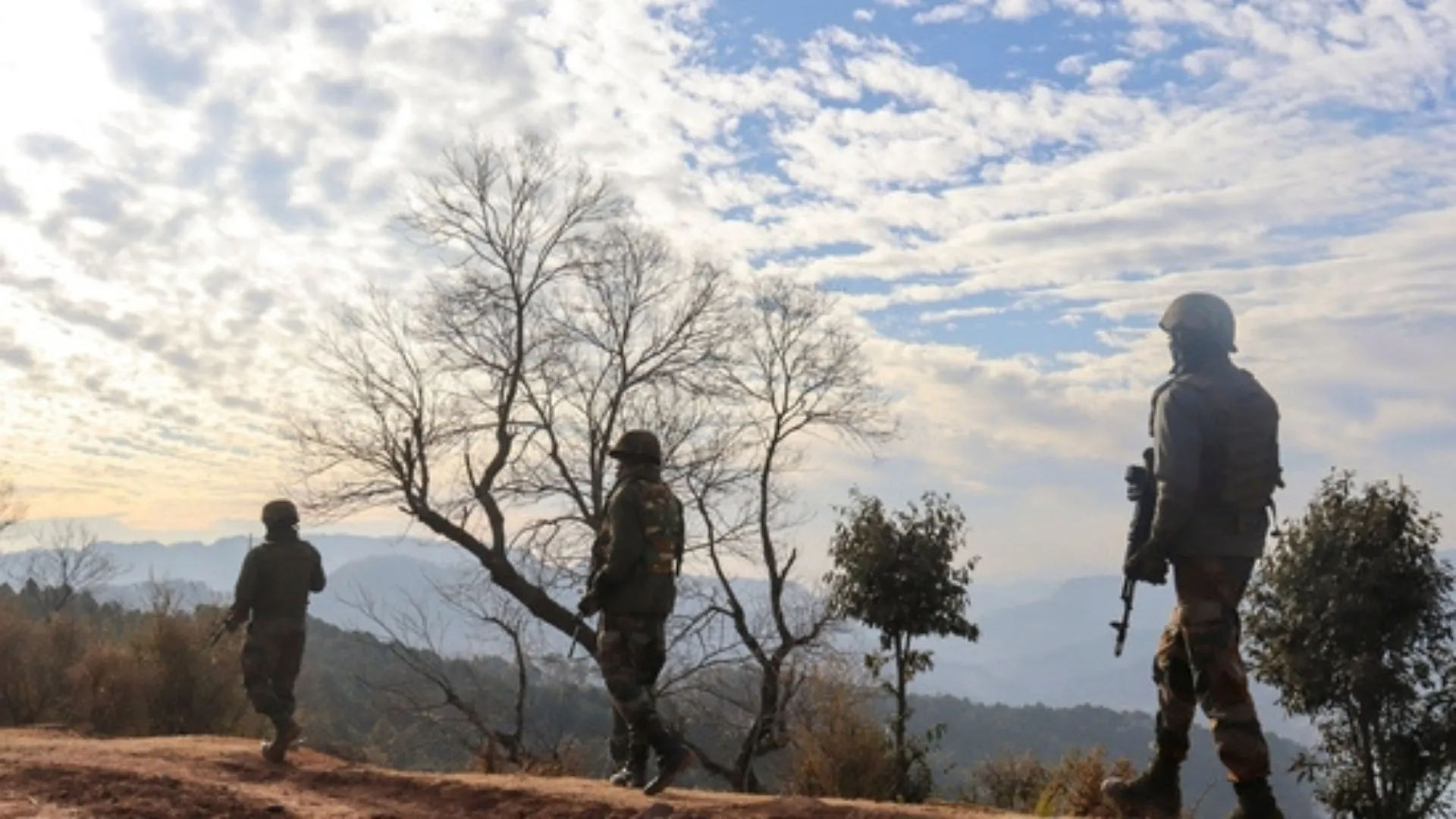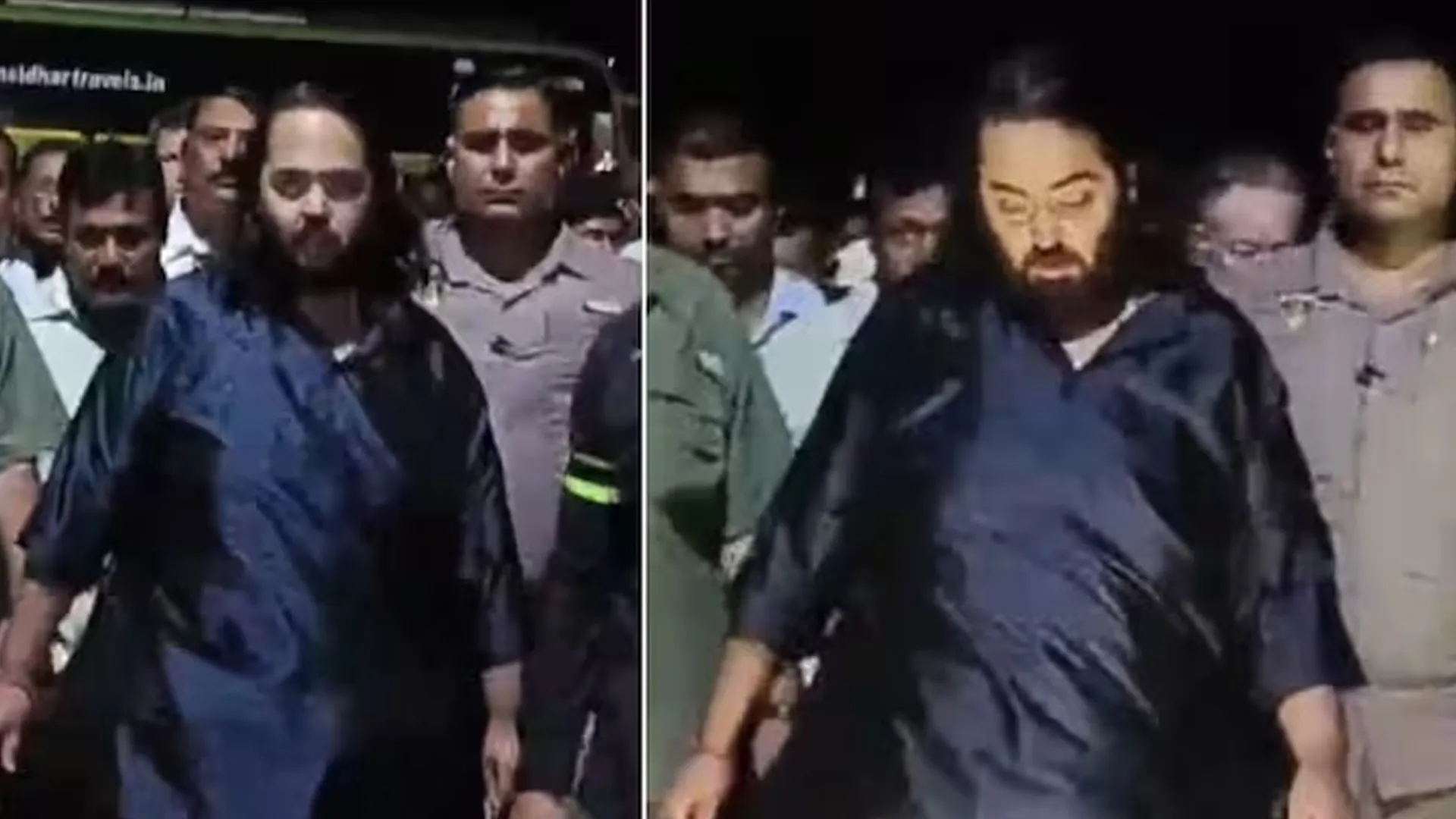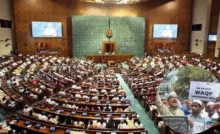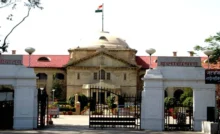India’s fourth party system, marked by the dominance of the Bharatiya Janata Party (BJP), remains largely intact despite the 2024 elections signaling a shift back toward coalition politics. While the BJP has lost its absolute majority and now depends on the National Democratic Alliance (NDA) partners, several key features of the fourth party system still persist.
Presence of a Dominant Party
The BJP, which emerged as a dominant force in 2014 by securing a parliamentary majority for the first time in 30 years, saw a decrease in its seat count in 2024 from 303 to 240. However, its national vote share dropped only marginally, from 37.3% in 2019 to 36.6% in 2024, signaling that its popularity remains largely intact. This makes the BJP the only true pan-Indian party alongside the Congress, with the former retaining a central role in shaping the electoral landscape.
BJP’s Central Role and Political Reach
The BJP’s reach extends beyond national politics into state-level governance, where it currently holds 43% of all chief ministerial positions across 13 states, a stark contrast to its 17% share in 2014. Additionally, the BJP controls 38% of all members of legislative assemblies (MLAs) in India, further reinforcing its political influence. In the Rajya Sabha, the party’s position remains strong, with 96 members, holding a slim majority through its NDA allies.
Fragmentation and Competition
While the number of political parties contesting elections has increased significantly, the BJP’s centrality has limited fragmentation. The effective number of parties (ENP) based on votes in 2024 remained at 5.3, close to 2019 levels, showing that political competition hasn’t dramatically intensified. However, the ENP for seats rose to 4.2, reflecting the resurgence of regional players and coalition-building.
Nationalisation of Politics
The nationalisation of Indian elections, which became a hallmark of the fourth party system post-2014, was somewhat reversed in 2024, with a more federalised and state-centric electoral contest. Despite the lack of a unifying national wave like in 2019, the BJP still managed to expand its footprint across different regions, even gaining ground in southern and eastern India.
Caste and Social Dynamics
The 2024 elections also saw a significant shift in the social composition of MPs, particularly in the Hindi belt, where Other Backward Classes (OBC) representation surged to nearly one in three MPs. This represents a historic high, even as upper and intermediate castes have seen their share fall to 39%.
Conclusion
While the BJP has faced electoral setbacks and the resurgence of coalition politics, its dominant role at the national level remains intact. The future of India’s fourth party system will largely hinge on Narendra Modi’s continued appeal, the cohesion of the opposition INDIA alliance, and the BJP’s ability to maintain its national and state-level strength.


